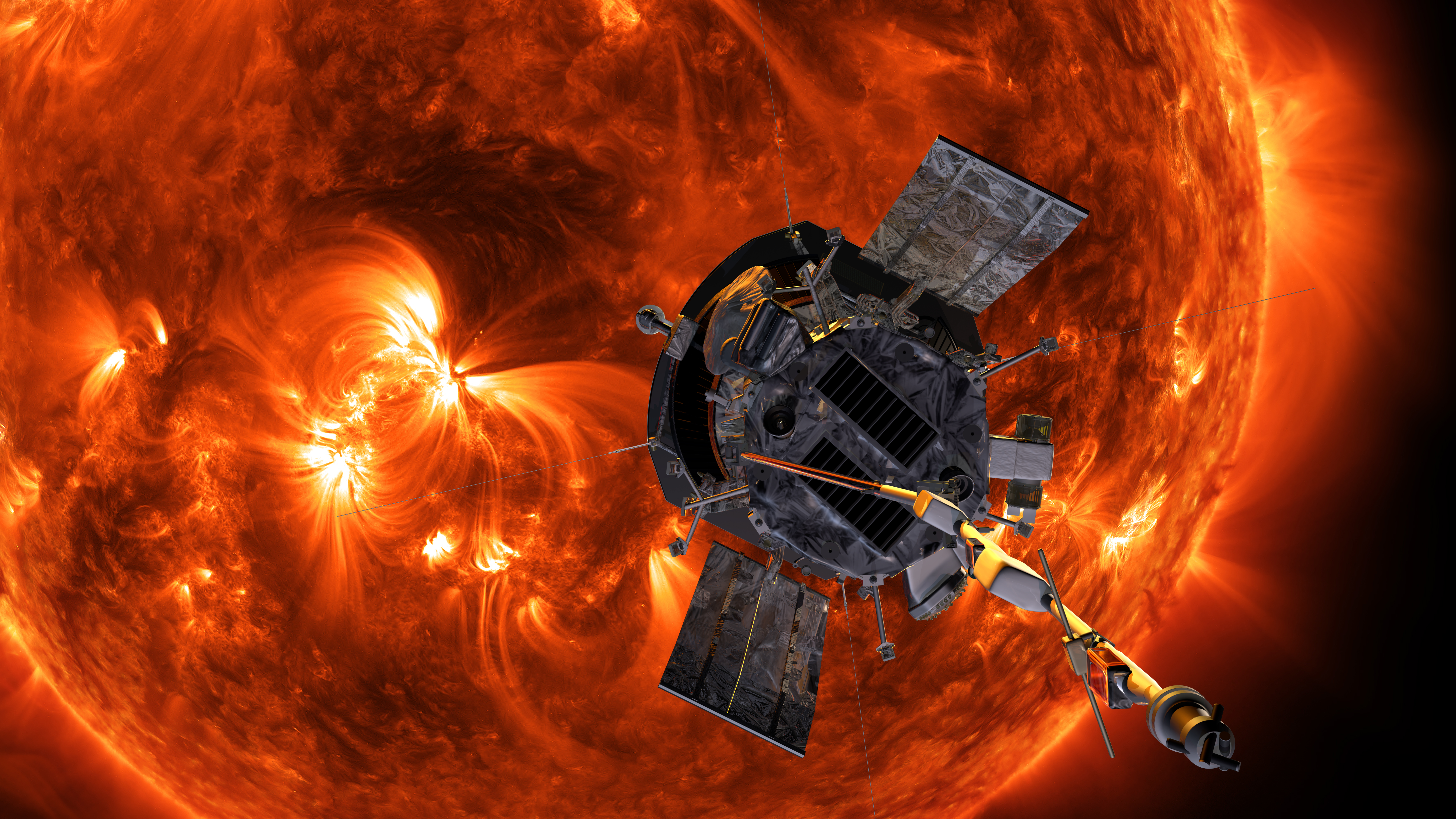July 20 Preview Briefing of Parker Solar Probe Mission
Posted on 2018-07-20 08:44:33NASA will hold a preview briefing on the agency’s Parker Solar Probe at 1 p.m. EDT Friday, July 20. The event will air live on NASA Television, the agency’s website and Facebook Live.
NASA now is targeting launch of the Parker Solar Probe no earlier than Monday, Aug. 6. Additional time was needed to evaluate the configuration of a cable clamp on the payload fairing. Teams have modified the configuration and encapsulation operations have continued. Teams also have successfully repaired a leak in the purge ground support tubing on the third stage rocket motor, which was discovered during final spacecraft processing late last week. The satellite will launch on a United Launch Alliance Delta IV Heavy rocket from Space Launch Complex 37 on Cape Canaveral Air Force Station in Florida.
Participants in the July 20 briefing will include:
• Alex Young, solar scientist at NASA’s Goddard Space Flight Center
• Nicola Fox, Parker Solar Probe project scientist at Johns Hopkins Applied Physics Laboratory (APL)
• Betsy Congdon, Parker Solar Probe Thermal Protection System lead engineer at APL
Parker Solar Probe will revolutionize our understanding of the Sun. The spacecraft will fly closer to the Sun’s surface than any spacecraft before it, facing brutal heat and radiation. It will be the first spacecraft to fly directly through the Sun’s corona – the part of the solar atmosphere visible during an eclipse – to answer questions about solar physics that have puzzled scientists for more than six decades.
Gathering information about fundamental processes near the Sun can help improve our understanding of how the Sun changes our space environment – such space weather can affect astronauts, interfere with the orbits of satellites, or damage onboard electronics.
Join the conversation on social media by following on Twitter and Facebook at:
and

july20pc
Credit: NASA/Johns Hopkins APL/Steve Gribben
High-Res Image